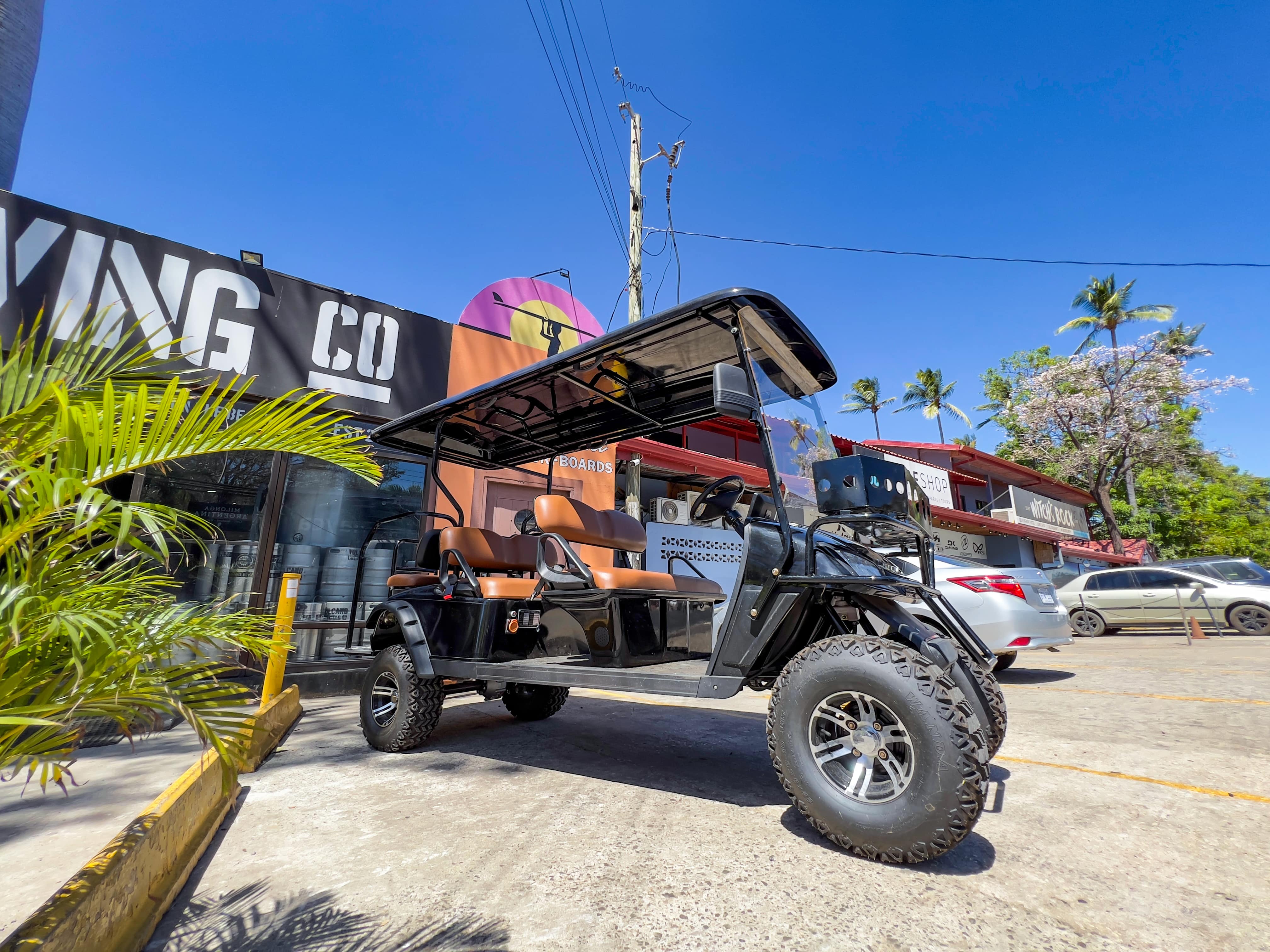Becoming a good surfer takes time, plain and simple… Sure, you can have a thrilling session as a beginner just B-lining towards the beach on the white water, but as you progress, the thrill seeking becomes more intense and the mental flow state is more enjoyable. Perhaps the biggest barrier with becoming a truly excellent surfer is the sheer lack of ride time. Think about it… In a 2 hour session, we spend maybe 3 minutes actually standing on the surfboard. That’s assuming you catch 15 waves and each wave is about 12 seconds. Compare this to skateboarding or snowboarding and the numbers speak for themselves.
If there’s one maneuver that progressing surfers need in their repertoire, it’s a proper bottom turn. The bottom turn is the glue that keeps your surfing in tact; it’s what lays the foundation for every maneuver that you’ll try. Whether you’re inching towards the lip for a floater or your blasting out of the pocket, spinning a full-rotation 360° air, it all starts with a proper bottom turn.

What is a bottom turn? After catching the wave and dropping down the green face, you’ll need to turn left or right to stay in the powerful section of the wave. The turn that you perform at the bottom of the wave is known as the bottom turn. Not only will this turn allow you to lengthen your ride, but you’ll use this maneuver to navigate oncoming sections and start connecting maneuvers.


One of the first tricks that intermediate surfers do (and generally by accident) is a floater. This trick is used to float over minor sections and maintain, or even generate, speed. A well-timed floater can look really cool if it’s done swiftly or on a big closeout section. The key to a successful floater is starting with the proper bottom turn. Since you’re not aiming to catch air or pop the fins out the back of the wave, you’ll just need a mid face bottom turn so you can approach the lip at a 45° angle. You’ll need to be going fast down the line, eye the section you’d like to float over, do a mid face bottom turn while moderately flexing your knees, and aim the nose of your board towards your destination. The wave will do the rest of the work pushing you back in front of the wave.

As you master the floater, you’re going to progress with cutbacks and snaps. Generally speaking, a long drawn out cutback doesn’t require a very deep bottom turn either. Really you just want an extra mid face bottom turn to generate extra speed so you can swing the board back around towards the white water.

As you master the cutback and small carves, the next trick you’ll want to do is a big vertical snap. To perform a proper snap in the pocket of the wave, you’ll need to do a deep bottom turn to the the point where you’re low enough to drag your hand along the water and your outer fins start to disengage. To do a proper pocket snap, you’ll need a ton of speed, a proper stance with a little more than half your weight on the back foot, and a deep bottom turn that will allow you to vertically climb the wave and approach the lip with a 90° angle. Notice in the photo below how low the surfer is and how flexed their knees are.








